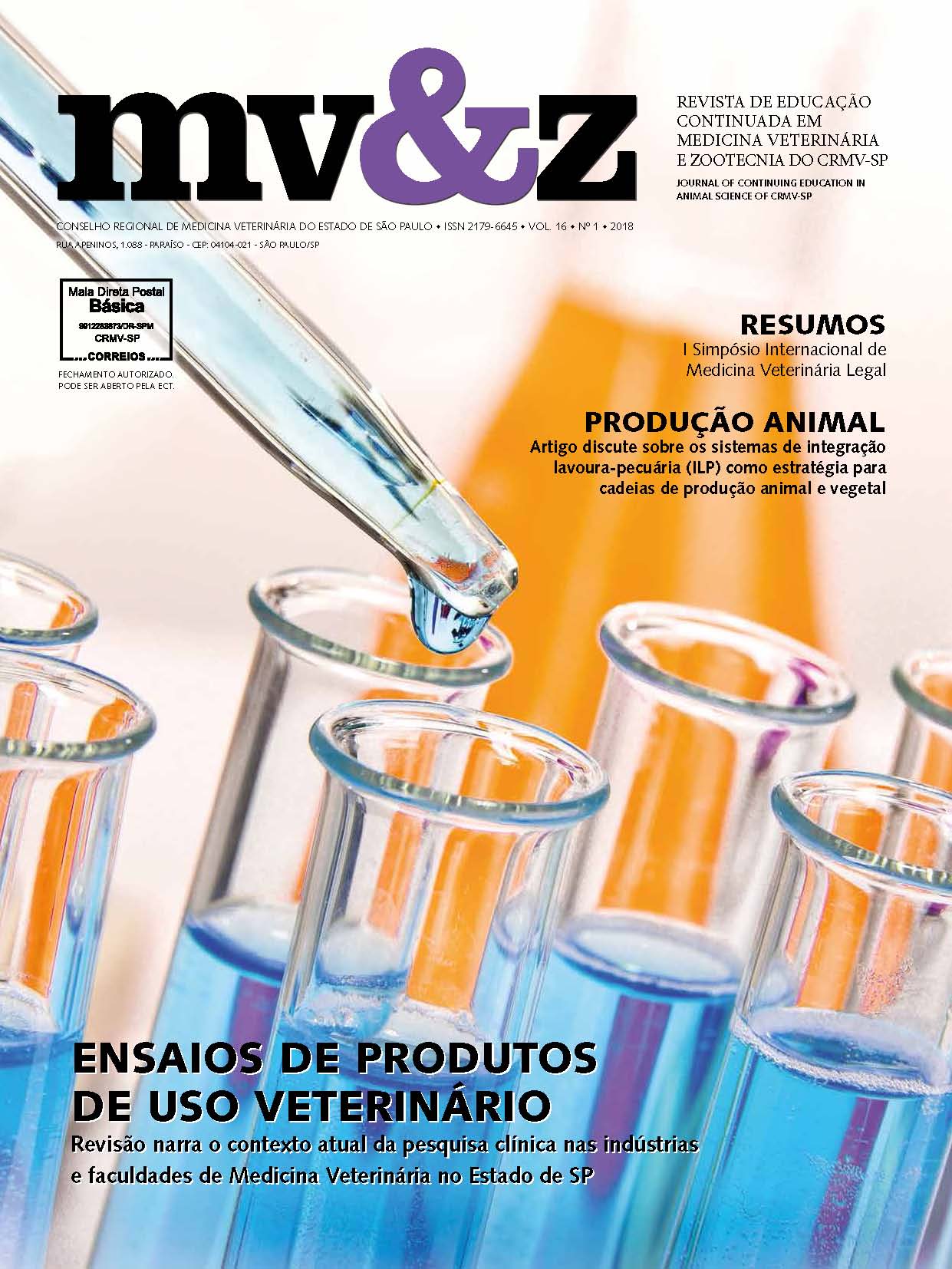C. E. B. Lopes
Universidade Estadual do Ceará, Fortaleza, CE
D. A. Viana
Universidade Estadual do Ceará, Faculdade de Veterinária, Laboratório de Anatomia Patológica e Patologia Clínica, Fortaleza, CE
M. G. Matos
Universidade Estadual do Ceará, Fortaleza, CE
F. R. N. Rodrigues
Universidade Estadual do Ceará, Fortaleza, CE
S. P. Pimentel
Universidade Estadual do Ceará, Fortaleza, CE
A. W. P. Pessoa
Universidade Estadual do Ceará, Faculdade de Veterinária, Fortaleza, CE
Resumo
Dogs are usually friendly companions, being variably used by men for hunting, protecting, grazing, guiding or rescuing purposes, besides the worldwide known companion use as a pet. The man’s best friend behaves according to stimuli imposed by its tutor, being able to become aggressive and even attack when ordered. Yet, though behavioral deviances can occur, representing a rare portion of accidents with humans or other animals, it may be partially our fault in misunderstanding the given signals or, even misleading the dog to a stressful situation. While some cats and dogs get along well, others may not. In some cases, a dog might chase and attack a cat. Signs of aggression from a dog toward a cat represents an aggressive behavior sometimes induced by its tutor. The diagnosis of injuries inflicted by dogs can often be established based on typical tooth marks at the edges of the wounds. Three categories of wounds may be identified: non-fatal dog bite wounds; severe dog bites that directly, or indirectly, lead to the victim’s death; and post mortem lacerations of the victim’s body. The difference between an ante-mortem and post-mortem injury is very often possible only during necropsy, when it is investigated the trajectory of the attack in the vital organs and performed the histopathologic exams, which enable the differentiation between a true hemorrhage in an alive tissue or not. Here it is described the attack of 17 stray cats killed under the same circumstances: reiterated type of lesion and a common unknown dog.
